Introduction:
LTE-V is the first protocol specifically designed for vehicle communication, known as the starting point that influences the “connection” of the Internet of Vehicles.



As mobile communication enters the 5G era, its main battlefield is no longer limited to the consumer field, but is more closely linked with various industries. At the “V2X Technology Summit Forum”, Dr. Wang Yingmin, Chief Engineer of Datang Telecom Group, expressed the view that: Unlike 3G and 4G, which mainly address public demand, 5G is an era focused on scenarios and will play a very important role in vertical industry fields.
In fact, 5G has already begun to comprehensively consider various scenarios and application needs across industries, and formulating a globally unified 5G standard has become a consensus in the industry. Mobile Internet, virtual reality/augmented reality, the Internet of Things, the Internet of Vehicles, and the Industrial Internet will be hot application areas for 5G.
LTE-V is specifically designed for vehicle communication and is known as the starting point that influences the “connection” of the Internet of Vehicles. The current version of LTE-V belongs to 4.5G technology and can smoothly evolve into 5G in the future. So how has LTE-V developed, and what does it mean for intelligent connected vehicles? Cheyun discussed this with Dr. Wang Yingmin.
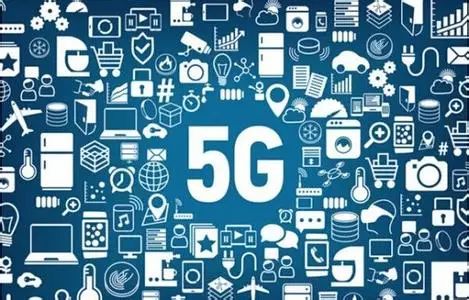
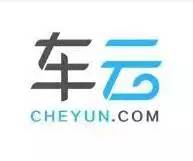
Two Major Camps of V2X
LTE-V is actually one of the two major technology camps for achieving V2X (Vehicle to Everything), mainly promoted by domestic companies (including Datang, Huawei, etc.), while the other camp is led by the United States with IEEE 802.11P (DSRC).
LTE-V is an evolved technology based on the 4G LTE system, aimed at intelligent transportation and Internet of Vehicles applications, which includes two working modes: LTE-V-Cell and LTE-V-Direct. In simple terms, LTE-V-Cell relies on existing cellular networks to support high bandwidth and wide coverage communication to meet Telematics application needs; LTE-V-Direct can operate independently of cellular networks to achieve low-latency, high-reliability direct communication between vehicles and surrounding environmental nodes, meeting driving safety needs.
It is particularly noteworthy that the LTE-V-Direct mode can extend the vehicle’s perception range to hundreds of meters, which has a significant advantage compared to existing vehicle perception systems such as radar and optical cameras. By combining various detection methods and leveraging information processing technology, driving safety and traffic efficiency can be effectively improved.
When mentioning 802.11P, it is generally associated with DSRC (Dedicated Short Range Communications). DSRC is an efficient wireless communication technology developed based on the IEEE802.11p standard, enabling real-time, accurate, and reliable bidirectional transmission of images, voice, and data within a small range, such as “vehicle-to-road” and “vehicle-to-vehicle” communications. DSRC has matured and is the mainstream technology for the Internet of Vehicles in Europe and the United States.
What are the advantages of LTE-V compared to 802.11P? In Dr. Wang Yingmin’s view, 802.11P has an objective first-mover advantage, as it already has commercial chips and years of testing experience; while LTE-V, as a technology for Internet of Vehicles applications based on LTE evolution with independent intellectual property rights, has many latecomer advantages.
From a technical perspective, LTE-V has fully learned from the experiences and shortcomings of 802.11P during its design process, showing significant performance advantages in system capacity and coverage; LTE-V can fully utilize the advantages of LTE cellular networks to ensure service continuity and reliability, and can also connect to cloud servers hosted by base stations for high-speed data transmission such as HD audio and video.
From an industrial perspective, as a communication technology with independent intellectual property rights, LTE-V helps domestic companies avoid patent risks, and the investment in network deployment and maintenance is low, as it can be achieved by upgrading existing LTE network base station equipment and security mechanisms.
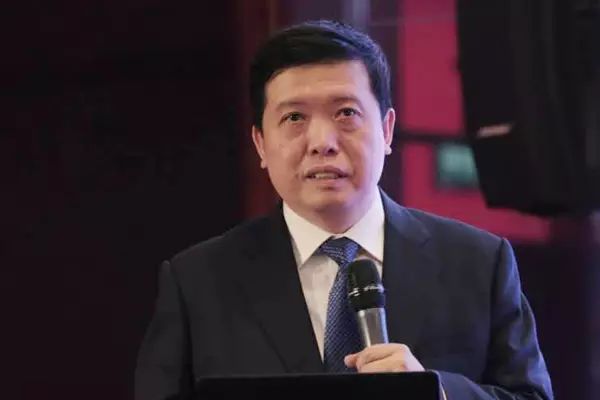
△Dr. Wang Yingmin, Chief Engineer of Datang Telecom Group
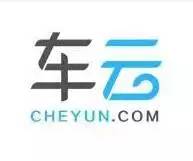
Challenges in Promoting LTE-V: Technology, Standards, and Industrialization
Undoubtedly, intelligent connected vehicles provide a new large-scale market and new development space for the communication industry, and the automotive industry can use advanced communication technologies to enhance vehicle safety and create new selling points. Achieving intelligent transportation through communication and big data technologies is the ultimate dream of the industry. However, the promotion of LTE-V is still full of challenges.
Dr. Wang Yingmin mentioned that from a technical perspective, to meet automotive safety applications, new technologies are needed that provide lower latency (millisecond level) and higher reliability than existing communication technologies, which is also what communication companies are striving to research, including LTE-V, which is already in the standard-setting stage, and 5G technologies specifically targeting low-latency and high-reliability application scenarios.
To enjoy blind-spot-free, high-speed data services in intelligent connected vehicle scenarios, new breakthroughs in communication technology are needed in terms of wide coverage and high bandwidth. Additionally, issues of information security and data privacy are also receiving significant attention.
Industrial integration is also not easy. Effective communication between industries is needed for cross-industry cooperation to understand each other’s demands, accurately position themselves, and explore win-win cooperation methods. Datang Telecom, as a company deeply engaged in the communication field for many years, also faces the challenge of “cross-border” when entering the automotive industry. However, in Dr. Wang Yingmin’s view, the essence of cross-border in intelligent connected vehicles is integration: “It is not about a certain industry wanting to cross its own field into another field, nor is it about disrupting other fields, but rather that the development of technologies including information technology, the Internet of Things, radar sensors, artificial intelligence, big data, and cloud computing has given rise to ‘new things’, creating new fields of cross-integration.”
On the other hand, challenges also arise from policies and regulations. The industrialization of V2X requires joint efforts from governments, research institutions, and enterprises. The governments of the United States, Europe, and Japan have also played an important role in promoting the implementation of intelligent transportation and intelligent driving in their countries.
V2X includes comprehensive network connections for vehicle-to-vehicle (V2V), vehicle-to-infrastructure (V2I), vehicle-to-pedestrian (V2P), and vehicle-to-network (V2N) communications. For vehicles to actively communicate with surrounding vehicles, road facilities, pedestrians, and networks, broadcasting and receiving information such as position, speed, and status, V2X remains out of reach until standardized communication protocols and related equipment are industrialized.
Domestic LTE-V technology research began in 2010, with Datang Telecom Group being one of the earliest companies to conduct related research. In February 2015, the International Telecommunication Standardization Organization 3GPP accepted a project led by LG, Datang, and Huawei, and LTE-V officially entered the standardization stage. In September of this year, the International Telecommunication Standardization Organization 3GPP completed the standardization of LTE V2V, with standardization work for V2I and V2P expected to be completed by March next year.
In the industry, Audi, BMW, and Daimler have joined forces with five telecommunications companies—Ericsson, Huawei, Intel, Nokia, and Qualcomm—to establish the “5G Automotive Communication Technology Alliance” (5G Automotive Association). The goal of this alliance is to develop and promote the implementation of in-car 5G communication technology for the next generation of intelligent connected vehicles.
In China, several standardization associations and alliances are also conducting LTE-V-related standardization work, including the China Communications Standards Association (CCSA), the China Intelligent Transportation Industry Alliance (C-ITS), the Society of Automotive Engineers of China (SAE-China), and the Vehicle Information Service Industry Application Alliance (TIAA).
The State Council and relevant ministries have conducted top-level design for the upgrading of the Internet of Vehicles industry and business innovation. In 2015, the State Council released “Made in China 2025” and “Guiding Opinions on the Internet+ Action,” among which the development of intelligent connected vehicles has been elevated to a national strategic height. On October 26, 2016, the “Energy-saving and New Energy Vehicle Technology Roadmap,” which includes the development roadmap for intelligent connected vehicles, was officially released.
The Ministry of Industry and Information Technology, the National Development and Reform Commission, and the Ministry of Science and Technology are also conducting key technology verification and industrial application demonstrations to promote the innovation and industrialization of Internet of Vehicles technologies such as LTE-V. Currently, intelligent connected application demonstration projects in Beijing, Chongqing, Hangzhou, Changchun, and Wuhan have been approved, and cities like Changsha and Shenzhen are actively applying. Regarding spectrum resources, since February of this year, research on V2X technology spectrum in China has been launched under the organization of the Ministry of Industry and Information Technology, and the target frequency bands have been preliminarily determined and are in the application stage.
Dr. Wang Yingmin told Cheyun that in 2014, Datang developed the industry’s first LTE-V device with core independent intellectual property rights; in 2015, it conducted actual road demonstrations to verify typical scenarios of LTE-V; in October 2016, Datang officially launched the industry’s first chip-level LTE-V pre-commercial product.

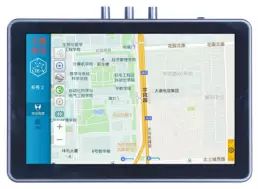
△The above image shows Datang Telecom’s LTE-V roadside unit (RSU) pre-commercial product, and the below image shows the LTE-V onboard unit (OBU) pre-commercial product.
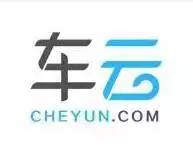
Cheyun Summary:
Dr. Wang Yingmin revealed to us that the 3GPP organization has begun to study the business needs of 5G, with V2X focusing on three typical scenarios:
-
Autonomous Driving Scenario: Requires higher reliability (close to 100%), very low end-to-end latency (millisecond level), and very high data rates (tens of Mbits per second);
-
High-Speed Mobile Broadband Network Scenario: Needs to prioritize ensuring the safety functions of V2X services while seamlessly providing mobile broadband communication functions;
-
Information Entertainment Scenario: Needs to support high-speed data transmission rates and support HD video applications and high-definition cloud gaming applications.
It can be seen that LTE-V, as a starting point for vehicle networking, will inevitably undergo deeper integration with automotive manufacturing, automotive services, intelligent hardware, the Internet, and intelligent traffic management as the level of vehicle intelligence and connectivity continues to rise, forming a collaborative ecosystem.
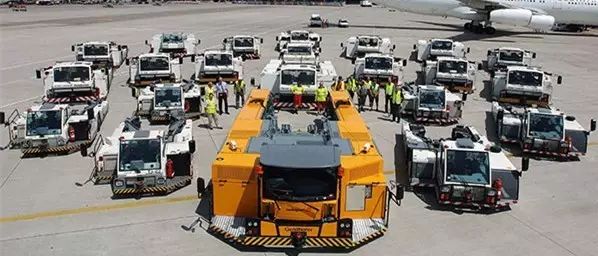
[Science Popularization Planet] The Unknown Airport Tug – The “Terrorist” Beside Us
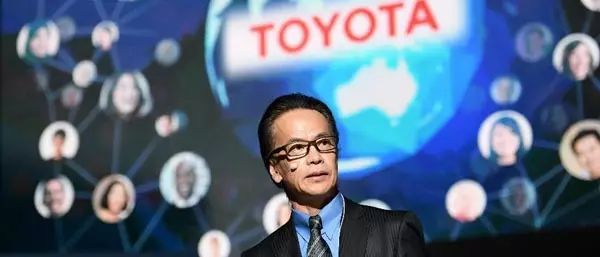 Toyota announces its connected strategy, but it has nothing to do with Google and Apple
Toyota announces its connected strategy, but it has nothing to do with Google and Apple
Industry communication, daily news, event live broadcasts
Scan to follow the personal account↓↓↓“Cheyun Jun”(cheyunjun2016)
 Missing me is like missing a marriage……
Missing me is like missing a marriage……